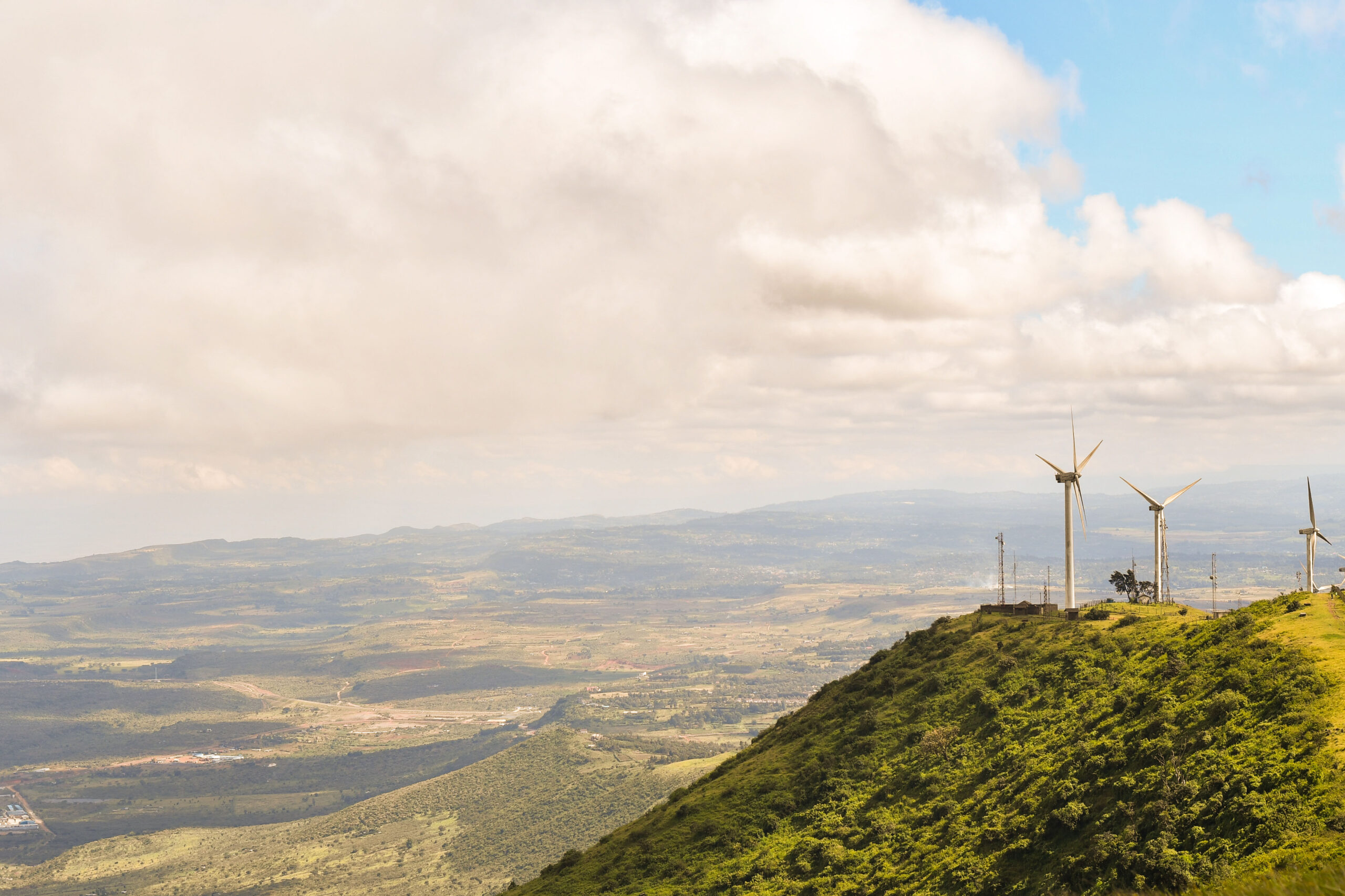Ukraine war boosts Danish ‘energy islands’ plan
Denmark’s plans to export renewables to North West Europe via energy islands in the North and Baltic Seas are beginning to look increasingly promising following growing political support to tackle energy security and volatile prices due to the Ukraine war.

The prime ministers of Denmark, Germany, the Netherlands and Belgium last month signed a declaration to jointly develop the North Sea as a “Green Power Plant of Europe”, an offshore renewable energy system connecting the aforementioned countries and possibly others too. The declaration noted that the four nations combined are targeting 65 GW of offshore wind capacity by 2030, compared with around 15 GW of installed capacity currently, rising to at least 150 GW by 2050.
Key to achieving this are the proposed ‘energy islands’ offshore Denmark, with plans encompassing at least one artificial island in the North Sea and one project at the existing Bornholm island in the Baltic Sea. The islands would distribute electricity – and possibly also green hydrogen – produced by offshore wind parks, to grids and consumers in North West Europe.
The joint declaration noted that Denmark and Belgium have agreed to build a hybrid interconnector from Belgium to the Danish energy island in the North Sea by 2033. Moreover, it also noted that the Netherlands and Denmark have signed a ‘Ministerial endorsement’ to analyse the possibility of connecting the planned Danish energy island in the North Sea with a Dutch offshore energy hub.
Against a backdrop of volatile energy prices and growing concerns over Russian gas supply, the planned energy islands are beginning to look more realistic than before. They are not a short-term solution to the energy crisis, but part of a plan to replace fossil fuels over time.
The North Sea island, equipped with electrical transformers, would gather and distribute electricity produced by 3 GW of offshore wind installations by the early 2030s, rising to 10 GW by 2040, according to plans. Meanwhile, the Baltic Sea project on the island of Bornholm is smaller, targeting 2 GW of installed capacity by 2030.
One of the key aspects of the energy islands is that the wind farms will be located further away from shore than has been the case with other offshore wind projects.
As for the North Sea island, for example, the surrounding offshore wind farms will be installed around 80 km off the coast of Thorsminde, a town in Jutland.
Strong political backing
Yet it is early days and plenty of studies will need to be carried out before final decisions can be made. But the war in Ukraine, and growing concerns over energy security, means that the projects have strong political backing.
“I do believe the energy islands will happen,” Kristine van het Erve Grunnet, a manager at Green Power Denmark, an industry group, told Gas Outlook. “A few years back I was not so optimistic. But the plan of interconnecting other nations plus the war in Ukraine and volatile energy prices have given the project a stronger case. It is about creating new green highways giving European nations a chance of becoming green and independent from Russian gas.“
The energy islands would be the largest infrastructure project in Denmark ever at an estimated investment cost of DKK 210 billion (US$ 30.4 billion), according to Grunnet. Orsted, Acciona, Boskalis and Copenhagen Infrastructure Partners (CIP) are among the companies to have expressed an interest. Support will also come from the Danish government.
“It is a large and complex project and the ownership will be shared between the Danish state and commercial entities,” says Grunnet. “But if we break down the cost, about half is related to the offshore wind parks, which is not new but a proven process, and this investment will be entirely footed by private entities. What is new here is the energy island which is 5% of the investment cost. Then the remaining 45% is related to electrical infrastructure connecting the various countries.”
Denmark has already built up a fair amount of experience when it comes to offshore wind with 2.3 GW of capacity installed to date. Offshore wind is expected to play a key role in helping the country achieve its 70% CO2 reduction target, compared with 1990 levels, by 2030.
“We believe these energy islands will happen because they need to happen to reach the ambitious targets set by governments,” Søren Lassen, Head of Offshore Wind Research, Power & Renewables at Wood Mackenzie, told Gas Outlook.
He noted that Northwestern European countries already have a high share of variable renewable energy, but that energy islands converting electricity from offshore wind to green hydrogen could be a solution, albeit an ambitious one.
“The challenge is time because these energy islands encompass a number of innovations, Power-to-X, the construction of the energy islands themselves, where the consortiums are proposing different approaches, and interconnectors, just to mention the largest ones. These innovations require new technical and legal solutions for them to be realized which could impact the timing,” Lassen said.
Wind, both onshore and offshore, is already replacing gas and coal in Denmark’s electricity mix. In the first three months of 2022, gas consumption in Denmark fell by 30% compared with the same period the year before, according to figures from the Danish Energy Agency. At the same time wind production grew sharply year-on-year; wind accounted for 61% of electricity supply in the period, compared with 43% the year before. As for total energy consumption, in 2021, oil accounted for around 33%, gas 12% and renewables about 43%.



